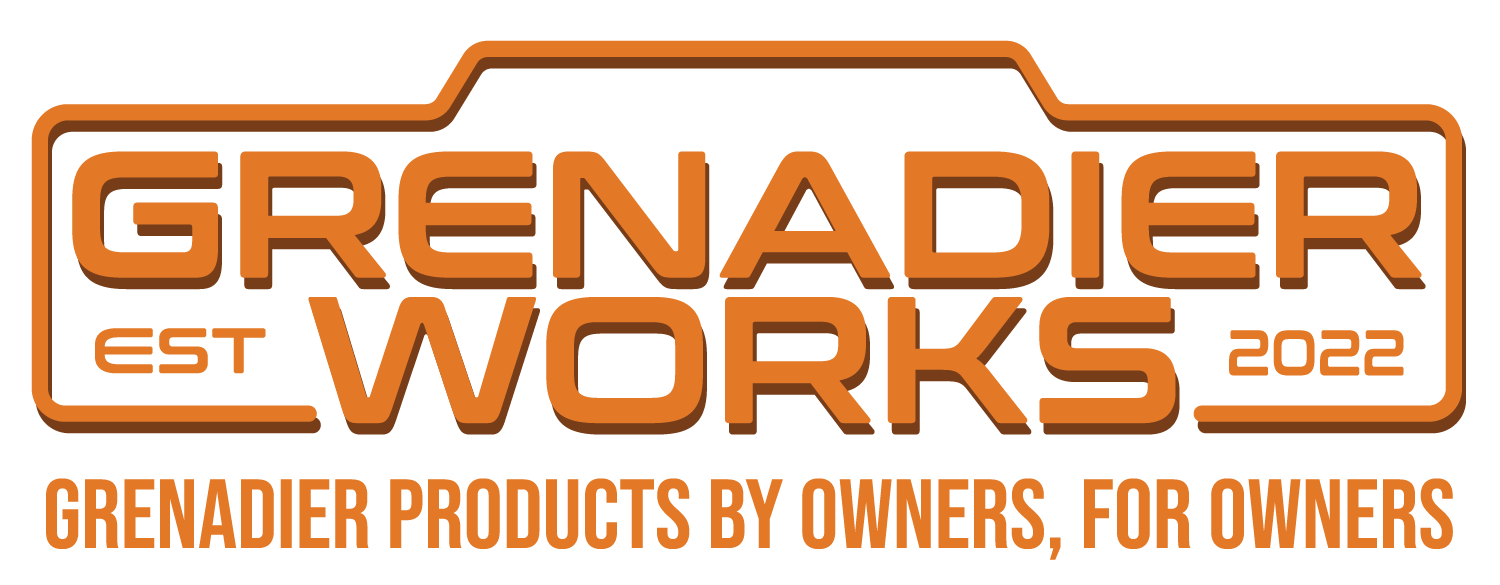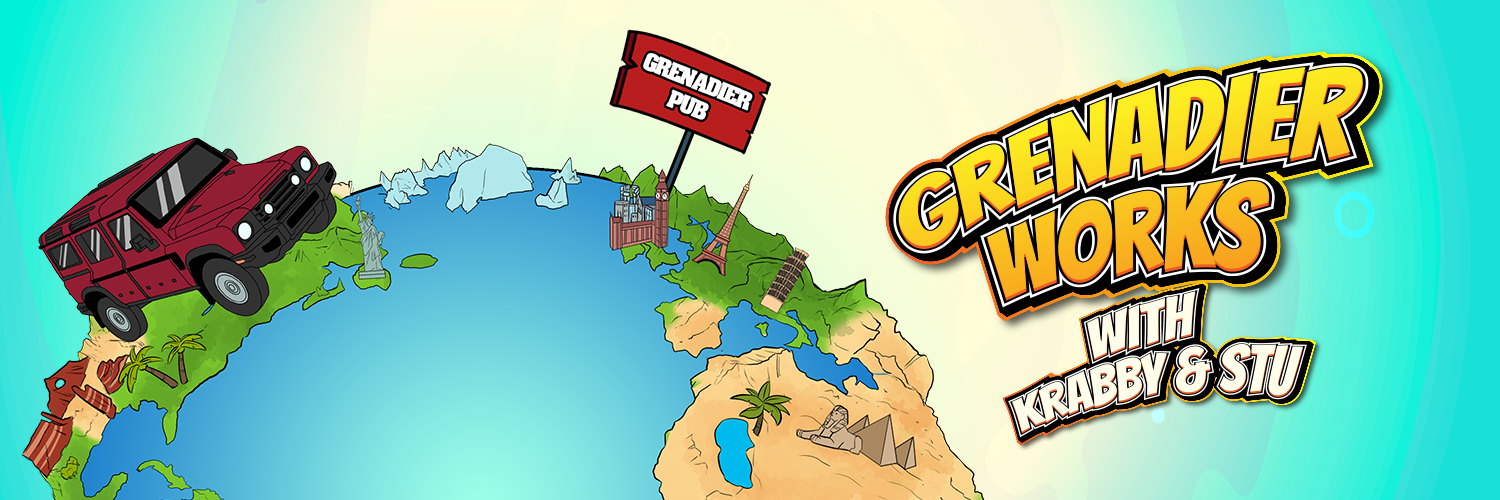Thank to whoever gave me the tip, that the B57 and B58 manuals are available here. I downloaded them and started to read....now I have a question and maybe an expert is here to answer it.
While I found the B57 manual somehat better documented than the B58, the same question stayed unaswered. I wanted to know how the piston rod bearings are lubricated on the piston side. I found thet the crankshaft side is lubricated by bores in the crankshaft, quite normal. In the B58 I found nothing for the bearing at the piston and in the B57 I found that nozzles are used to spray oil under the piston and when it reached BDC it sprays into a bore gallery to cool the piston. Ok, fine, nothing new. What I'm missing is how the bearing is lubricated. I found no graphic or description of bores leading to the bearing or if the returning oil from the cooling circle is routed over the bearing. I recently got three of four pistons in my hand (maybe I make a small video showing the damage) with damages from a too weak oil feed. If that wasn't designed well in that particular enginge I was dealing with. It uses also these common nozzles and the oil feed for the top bearings is just dripping oil. I would have expected that for a hydrodynamic lubrication some bores would be very useful, also the keep things centered. That can lead to such failures I saw, especially when the oil is hot and less thick, the oil pump is not working in higher revs so not generating the necessary pressure while a high load is applied. Like pulling a trailer uphill, with too low revs. A engine strong enough doesn't give you the feedback then, that you should shift a gear back, to reduce the torque and increase the revs.
I absolutely don't expect that from the BMW engines, I would assume their design is very good, no doubt here. Ok, with the Grenadier, where you do not shift yourself, also the transmission should prevent such situations, high load request served by low revs...that is never good, even if the piston/piston rod cooling is good enough.
AWo
While I found the B57 manual somehat better documented than the B58, the same question stayed unaswered. I wanted to know how the piston rod bearings are lubricated on the piston side. I found thet the crankshaft side is lubricated by bores in the crankshaft, quite normal. In the B58 I found nothing for the bearing at the piston and in the B57 I found that nozzles are used to spray oil under the piston and when it reached BDC it sprays into a bore gallery to cool the piston. Ok, fine, nothing new. What I'm missing is how the bearing is lubricated. I found no graphic or description of bores leading to the bearing or if the returning oil from the cooling circle is routed over the bearing. I recently got three of four pistons in my hand (maybe I make a small video showing the damage) with damages from a too weak oil feed. If that wasn't designed well in that particular enginge I was dealing with. It uses also these common nozzles and the oil feed for the top bearings is just dripping oil. I would have expected that for a hydrodynamic lubrication some bores would be very useful, also the keep things centered. That can lead to such failures I saw, especially when the oil is hot and less thick, the oil pump is not working in higher revs so not generating the necessary pressure while a high load is applied. Like pulling a trailer uphill, with too low revs. A engine strong enough doesn't give you the feedback then, that you should shift a gear back, to reduce the torque and increase the revs.
I absolutely don't expect that from the BMW engines, I would assume their design is very good, no doubt here. Ok, with the Grenadier, where you do not shift yourself, also the transmission should prevent such situations, high load request served by low revs...that is never good, even if the piston/piston rod cooling is good enough.
AWo



